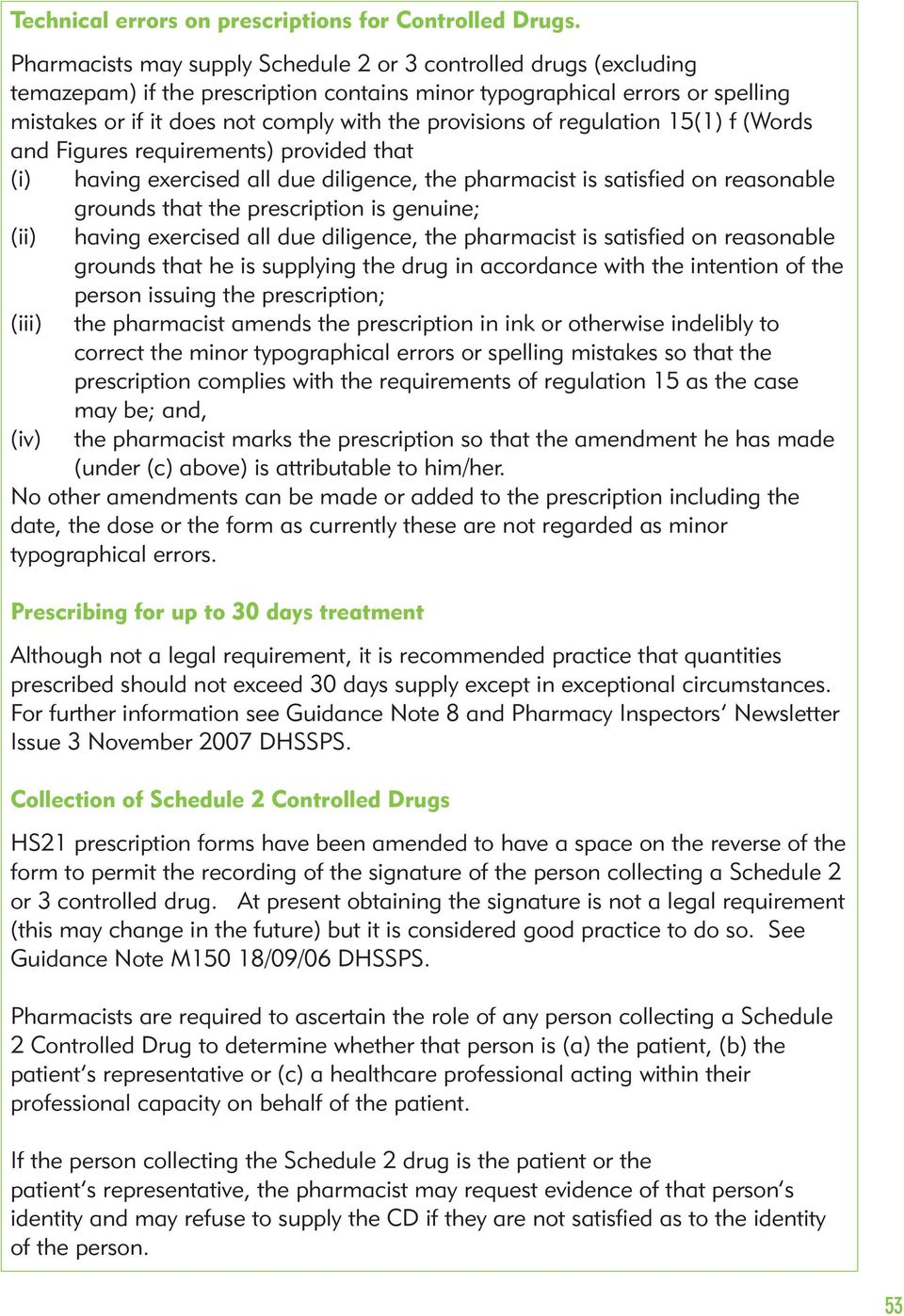Schedule 2 Prescription Drugs
Examples of Schedule 3 (III) Drugs: • Combination products with less than 15 milligrams of hydrocodone per dosage unit (Vicodin) • Products containing less than 90 milligrams of codeine per dosage unit (Tylenol with codeine) • Ketamine • Anabolic steroids • Testosterone Schedule 4 (IV) Drugs Schedule 4 (IV) drugs, substances, or chemicals are defined as drugs with a low potential for abuse and low risk of dependence.. The following drugs are listed as Schedule 2 (II) Drugs* by the Controlled Substances Act (CSA): The Controlled Substances Act (CSA) schedule information displayed applies to substances regulated under federal law.. One substance Schedule 2 (II) Drugs The drug has a high potential for abuse The drug has a currently accepted medical use in treatment in the United States or a currently accepted medical use with severe restrictions.. Examples of Schedule 1 (I) Drugs: • Heroin • Lysergic acid diethylamide (LSD) • Marijuana (cannabis)* • Methylenedioxymethamphetamine (ecstasy) • Methaqualone • Peyote Schedule 2 (II) Drugs Schedule 2 (II) drugs, substances, or chemicals are defined as drugs with a high potential for abuse, less abuse potential than Schedule 1 (I) drugs, with use potentially leading to severe psychological or physical dependence.. Drug Enforcement Administration (DEA) has divided these substances into five categories, called “schedules,” based on each drug’s (1) potential for abuse, (2) safety, (3) addictive potential and (4) whether or not it has any legitimate medical applications. Generic Usb Joystick Driver
schedule prescription drug uses
Examples of Schedule 3 (III) Drugs: • Combination products with less than 15 milligrams of hydrocodone per dosage unit (Vicodin) • Products containing less than 90 milligrams of codeine per dosage unit (Tylenol with codeine) • Ketamine • Anabolic steroids • Testosterone Schedule 4 (IV) Drugs Schedule 4 (IV) drugs, substances, or chemicals are defined as drugs with a low potential for abuse and low risk of dependence.. The following drugs are listed as Schedule 2 (II) Drugs* by the Controlled Substances Act (CSA): The Controlled Substances Act (CSA) schedule information displayed applies to substances regulated under federal law.. One substance Schedule 2 (II) Drugs The drug has a high potential for abuse The drug has a currently accepted medical use in treatment in the United States or a currently accepted medical use with severe restrictions.. Examples of Schedule 1 (I) Drugs: • Heroin • Lysergic acid diethylamide (LSD) • Marijuana (cannabis)* • Methylenedioxymethamphetamine (ecstasy) • Methaqualone • Peyote Schedule 2 (II) Drugs Schedule 2 (II) drugs, substances, or chemicals are defined as drugs with a high potential for abuse, less abuse potential than Schedule 1 (I) drugs, with use potentially leading to severe psychological or physical dependence.. Drug Enforcement Administration (DEA) has divided these substances into five categories, called “schedules,” based on each drug’s (1) potential for abuse, (2) safety, (3) addictive potential and (4) whether or not it has any legitimate medical applications. e828bfe731 Generic Usb Joystick Driver
schedule h prescription drugs

schedule prescription drug uses, federal supply schedule prescription drugs, schedule h prescription drugs, schedule 8 drugs prescription rules, schedule g prescription drugs, schedule 8 drugs prescription requirements, schedule 4 prescription drugs, in case of schedule x drugs the prescription should be, what is schedule h drug used for, what is schedule h prescription Maseno University Fee Structure Pdf
Examples of Schedule II narcotics include: hydromorphone (Dilaudid), methadone (Dolophine), meperidine (Demerol), oxycodone (OxyContin, Percocet), and fentanyl (Sublimaze. Digitech Qm-1500 Manual